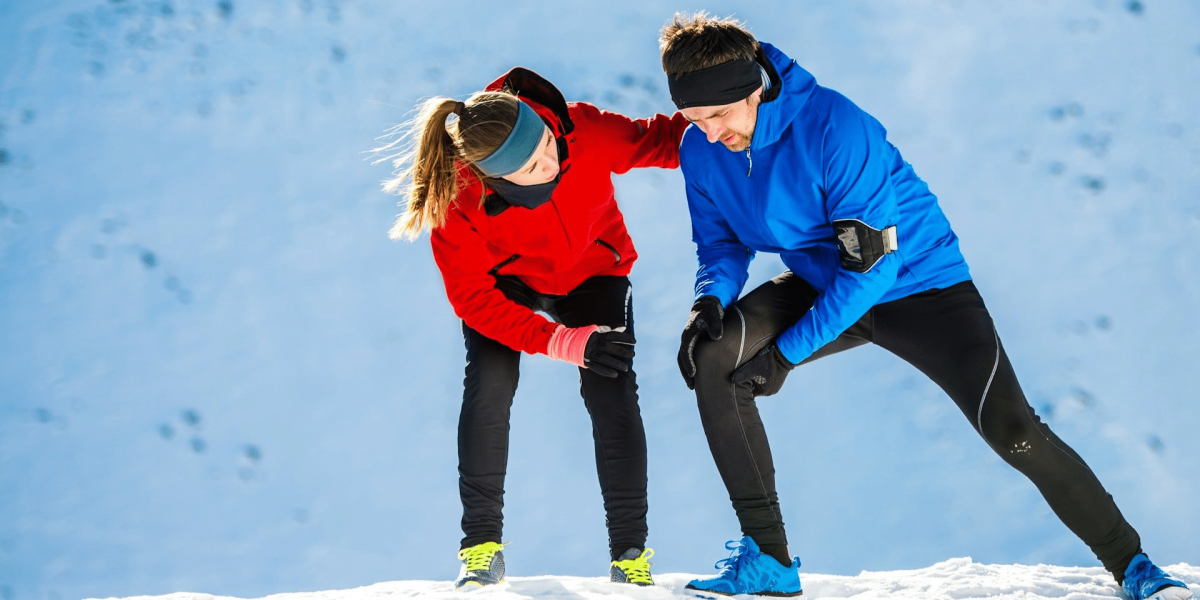Anterior Cruciate Ligament (ACL) injuries are among the most common and severe injuries affecting athletes and active individuals. The ACL is crucial for knee stability and movement, and damage to this ligament can have significant consequences. This article explores the gravity of ACL injuries, focusing on their causes, symptoms, treatment options, and prevention strategies.
What is an ACL Injury?
The ACL is one of four major ligaments in the knee, connecting the thigh bone (femur) to the shin bone (tibia). It helps stabilize the knee joint by preventing excessive forward movement of the tibia and controlling rotational forces. This ligament is essential for activities that involve pivoting, sudden stops, and changes in direction.
ACL injuries can range from mild sprains to complete tears. They are typically classified into three grades:
- Grade 1 Sprain: The ligament is mildly damaged but still functional.
- Grade 2 Sprain: The ligament is stretched and partially torn.
- Grade 3 Sprain: The ligament is completely torn and cannot stabilize the knee.
Causes of ACL Injuries
ACL injuries are prevalent in sports that involve rapid movements, jumping, and sudden changes in direction. Sports such as soccer, basketball, football, and skiing are known for their high incidence of ACL injuries. The dynamic nature of these sports places significant stress on the knee ligaments, increasing the risk of injury.
Interestingly, most ACL injuries occur through non-contact mechanisms. Common scenarios include:
- Sudden Stops or Changes in Direction: Quickly changing direction or stopping can place excessive strain on the ACL.
- Improper Landing: Landing awkwardly from a jump can cause the knee to twist and the ACL to tear.
- Pivoting Movements: Rotating on a planted foot can overstress the ligament.
Certain anatomical and biomechanical factors can predispose individuals to ACL injuries. These include:
- Gender: Women are more susceptible to ACL injuries due to differences in anatomy, hormonal influences, and muscle strength.
- Muscle Imbalance: Weakness in the hamstrings relative to the quadriceps can increase the risk of ACL injuries.
- Footwear and Playing Surface: The type of shoes and the surface on which sports are played can also affect injury risk.
Symptoms of ACL Injuries
ACL injuries often cause immediate and severe symptoms, including:
- Popping Sound: A sudden “pop” or snapping sound in the knee at the time of injury.
- Severe Pain: Intense pain that may prevent the individual from continuing the activity.
- Swelling: Rapid swelling within hours of the injury due to internal bleeding.
- Instability: A feeling of instability or the knee “giving way” when trying to stand or walk.
If left untreated, ACL injuries can lead to chronic problems such as:
- Persistent Instability: Ongoing knee instability, making it difficult to participate in sports or even daily activities.
- Degenerative Changes: Increased risk of developing osteoarthritis in the affected knee.
- Weakness and Loss of Mobility: Continued weakness and reduced range of motion in the knee joint.
Treatment Options for ACL Injuries
For mild ACL injuries or for individuals who are less active, non-surgical treatments may be effective. These include:
- Rest and Ice: Resting the knee and applying ice to reduce pain and swelling.
- Physical Therapy: Exercises to strengthen the muscles around the knee and improve stability.
- Bracing: Wearing a knee brace to provide additional support and prevent further injury.
For severe ACL injuries, particularly in active individuals and athletes, surgical intervention is often recommended. The most common procedure is ACL reconstruction, which involves:
- Graft Selection: Using a graft from the patient’s own body (autograft) or from a donor (allograft) to replace the torn ligament.
- Rehabilitation: Extensive post-surgery rehabilitation to restore knee function, strength, and mobility. This process typically lasts six to nine months or longer.
Prevention Strategies for ACL Injuries
Preventing ACL injuries involves comprehensive strength and conditioning programs focused on:
- Strengthening Muscles: Building strength in the quadriceps, hamstrings, and core muscles to support knee stability.
- Improving Balance and Agility: Exercises that enhance balance, coordination, and agility to reduce the risk of awkward movements that can lead to injury.
Proper technique in sports can significantly reduce the risk of ACL injuries. Key aspects include:
- Jumping and Landing: Learning to jump and land with proper form, with knees slightly bent and aligned over the toes.
- Pivoting: Practicing safe pivoting techniques to avoid placing excessive stress on the knee.
Wearing appropriate footwear and protective gear can also help prevent ACL injuries. This includes:
- Supportive Shoes: Using shoes that provide good support and grip for the playing surface.
- Knee Braces: In some cases, wearing a knee brace during high-risk activities can offer additional protection.
Understanding the gravity of ACL injuries is crucial for athletes, coaches, and healthcare professionals. These injuries can have significant and long-lasting effects on an individual’s ability to participate in sports and daily activities. By recognizing the causes, symptoms, and effective treatment options, and by implementing preventive strategies, the risk of ACL injuries can be minimized, helping individuals maintain their active lifestyles and overall well-being.








